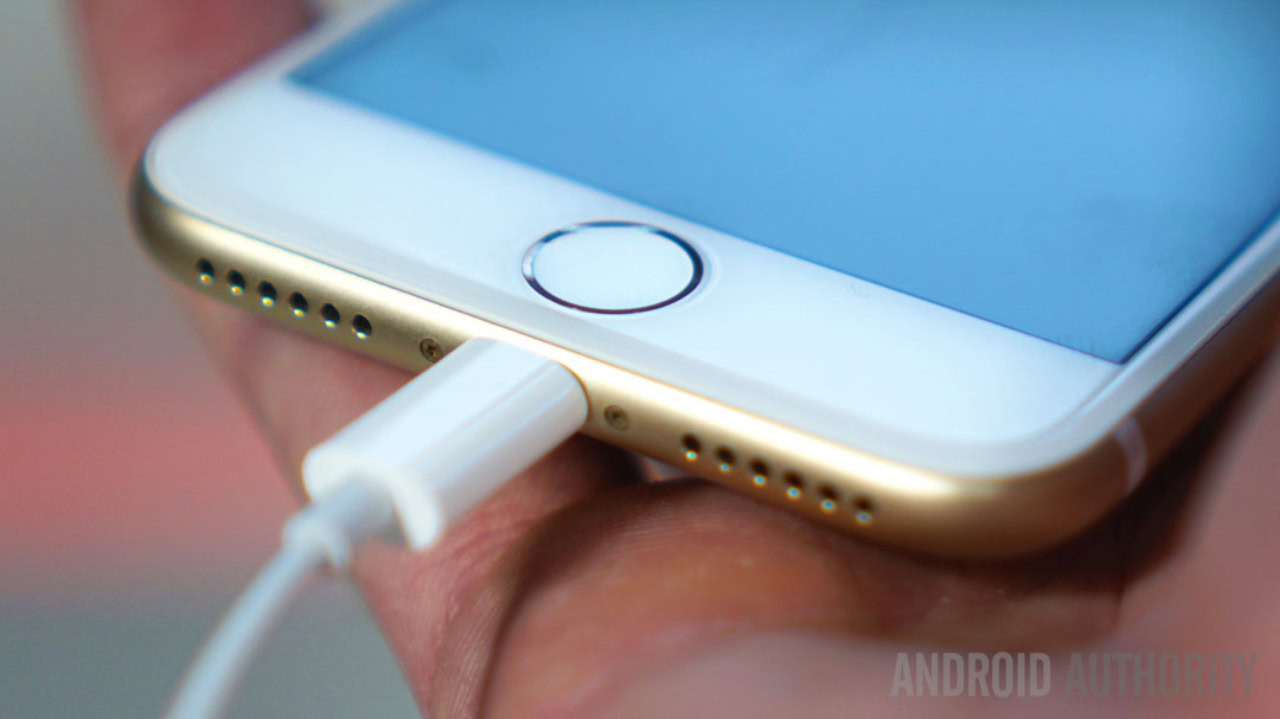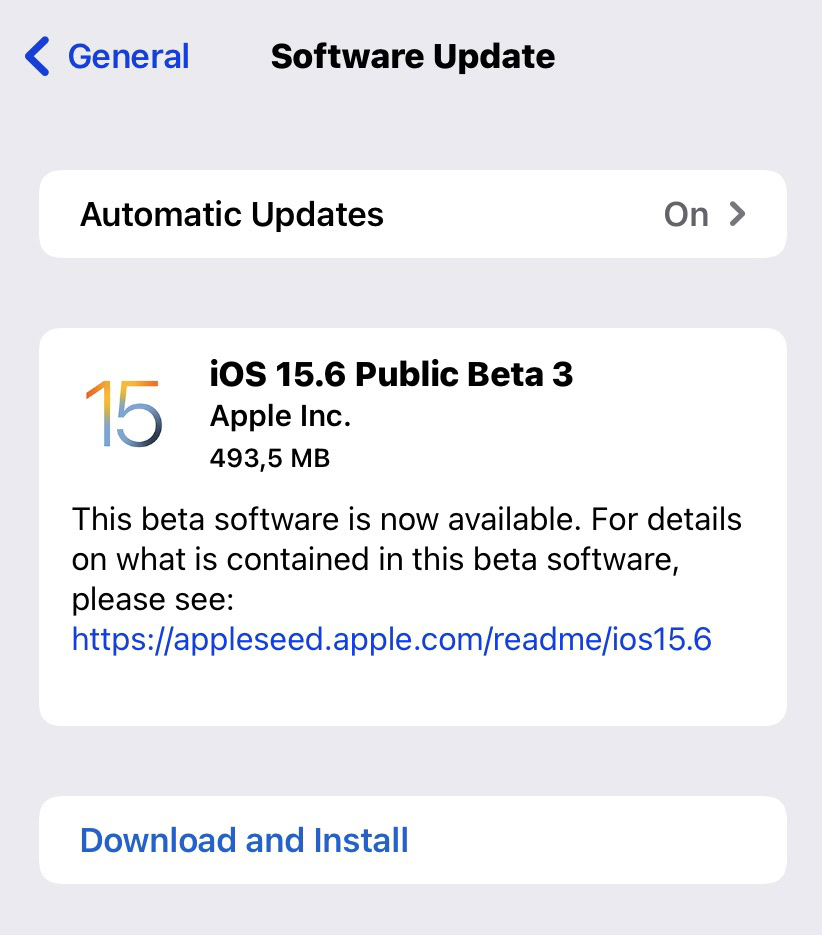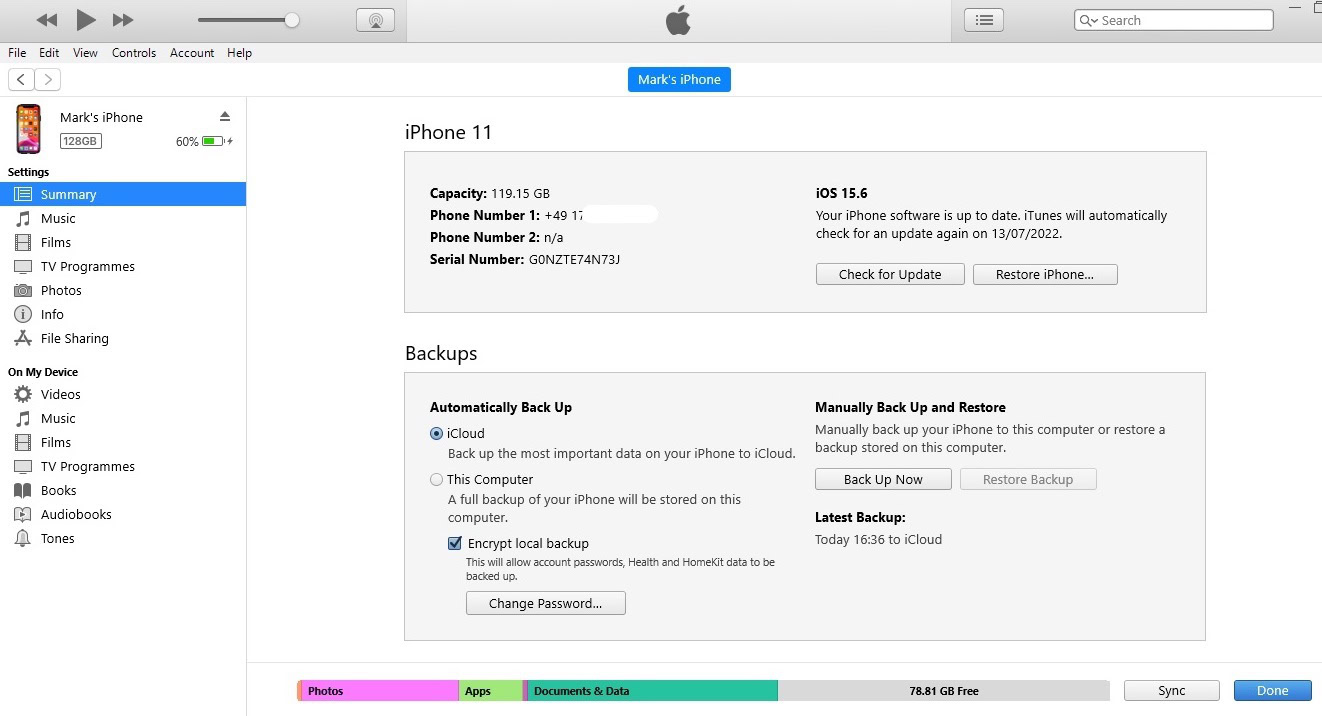Affiliate links on Android Authority may earn us a commission. Learn more.
How to update your iPhone to the latest iOS version
Published onAugust 10, 2022
Apple has a very good track record of pushing out regular upgrades and security patches, more so than Android. They also like to encourage brave users to join the iOS Public Beta program to test new features, and this also requires upgrading your phone. So you need to know how to update iOS on your iPhone because it is absolutely essential.
Read more: Apple iPhone buying guide — which iPhone is right for you?
QUICK ANSWER
To update iOS on your iPhone, you can either use the built-in update feature on the device itself, or you can use the update button in Finder or iTunes. The first method is arguably the easiest and involves going to Settings-->General-->Software Update.
How to update iOS on your iPhone

Let’s go over the two possible update methods for your iPhone. Both are very easy to do, but from a convenience point of view, it’s easier to just do the first method, if you can, directly on your phone. The second method also requires a computer and connecting Lightning cable, which is impossible if you’re not at home.
On the iPhone
To find out if an update is available, go to Settings–>General–>Software Update. You will also usually be pushed to this screen by the device itself if an update is there waiting. For this to happen, though, Automatic Updates must be toggled on.

If an update is waiting, you can first tap the blue Appleseed link, if you want, to view a changelog on Safari of what is being installed. Assuming nothing objectionable to you is in the list, tap the Download and Install link. You will be asked to enter your device PIN to confirm that you want to install the update, and agree to the terms and conditions. Once all that is done, the update will be downloaded and installed.
Depending on the update’s size, your phone may restart as many as three times. Minor bug patches will likely only involve one restart, but if you’re installing something as big as the next version of iOS, then you’re looking at as many as three restarts. It’s best to just put your phone down and leave it to do its thing. You can’t make it go faster by staring at it.
On Finder and iTunes
The other possible iOS update method is to use either Finder (on Mac) or iTunes (on Windows.) As I said at the beginning, though, this involves connecting your iPhone to a computer. There’s no discernable advantage to doing it this way.
It doesn’t matter whether you use Finder or iTunes — the user interface is virtually identical. The only real difference is that iTunes is a software program, whereas Finder is a built-in part of the macOS infrastructure. It’s more or less Windows Explorer on steroids.

After connecting your phone to your Mac or Windows PC, you will be asked to authorize the computer to access your phone. Once you’ve done that, look at the top middle, click Check for Update, and if one is available, you will be guided through the update process.
Read more: How to update your Apple Watch
FAQs
According to Apple, it could be one of four possible reasons. Not enough storage space on the device, your internet connection may be too slow, you may have issues accessing the Apple update servers, or the update may not complete if you have an insufficient battery, and the phone is not connected to a power source.
The speed of the iOS update process depends entirely on how big the update is, your internet speed, the age of your device, and how many other people are trying to access the same update on Apple’s servers. If it’s day one of the new iOS version, for example, you will experience speed lags on Apple’s servers. In general, though, including device restarts, an iOS update shouldn’t take any more than 15 minutes.
All Apple devices are covered for many years and many iOS versions. The upcoming iOS 16, for example, is valid from the iPhone 8 and upwards. That’s the last nine versions of the iPhone, if you include the upcoming iPhone 14. Unless your iPhone is an antique, there’s a good chance your device will be covered by the new update.
Yes! While the details are a bit too much to cover here, we’ve got a complete tutorial on downgrading iOS ready for you.